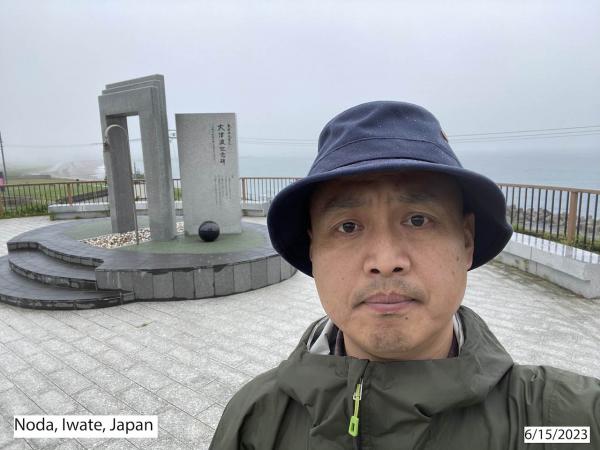Wedge Plasticity and a Minimalist Dynamic Rupture Model for the 2011 Mw 9.1 Tohoku-Oki Earthquake and Tsunami
Shuo Ma
San Diego State University

- Date & Time
- Location
- Online-only seminar via Microsoft Teams
- Host
- Evan Hirakawa
- Summary
One crucial yet unanswered question about the 2011 Tohoku-Oki earthquake and tsunami is what generated the largest tsunami (up to 40 m) along the Sanriku coast north of 39°N without large slip near the trench. A minimalist dynamic rupture model with wedge plasticity is presented to address this issue. The model incorporates the important variation of sediment thickness along the Japan Trench into the Japan Integrated Velocity Structure Model (JIVSM). By revising a heterogeneous stress drop model, the dynamic rupture model with a standard rate-and-state friction law can well explain the GPS, tsunami, and differential bathymetry data (within data uncertainties) with minimum model tuning. The rupture is driven by a large patch of stress drop up to ~10 MPa near the hypocenter with significantly smaller stress drop (< 3 MPa) in the upper ~10 km. The largest shallow slip reaches 75.67 m close to the trench ~50 km north of hypocenter dominated by elastic off-fault response, which is caused by the large fault width, free surface, shallowly dipping fault geometry, and increasing sediment thickness northward. North of large shallow slip zone, however, inelastic deformation of thick wedge sediments significantly controls the rupture propagation along trench, giving rise to slow rupture velocity (~850 m/s), diminishing shallow slip, and efficient seafloor uplift. The short-wavelength inelastic uplift produces impulsive tsunami consistent with the observations off the Sanriku coast in terms of timing, amplitude, and pulse width. Wedge plasticity and variation of sediment thickness along the Japan Trench thus provides a self-consistent interpretation to the along-strike variation of near-trench slip and anomalous tsunami generation in the northern Japan Trench in this earthquake.
Closed captions are typically available a few days after the seminar. To turn them on, press the ‘CC’ button on the video player. For older seminars that don’t have closed captions, please email us, and we will do our best to accommodate your request.
 Jump to Navigation
Jump to Navigation